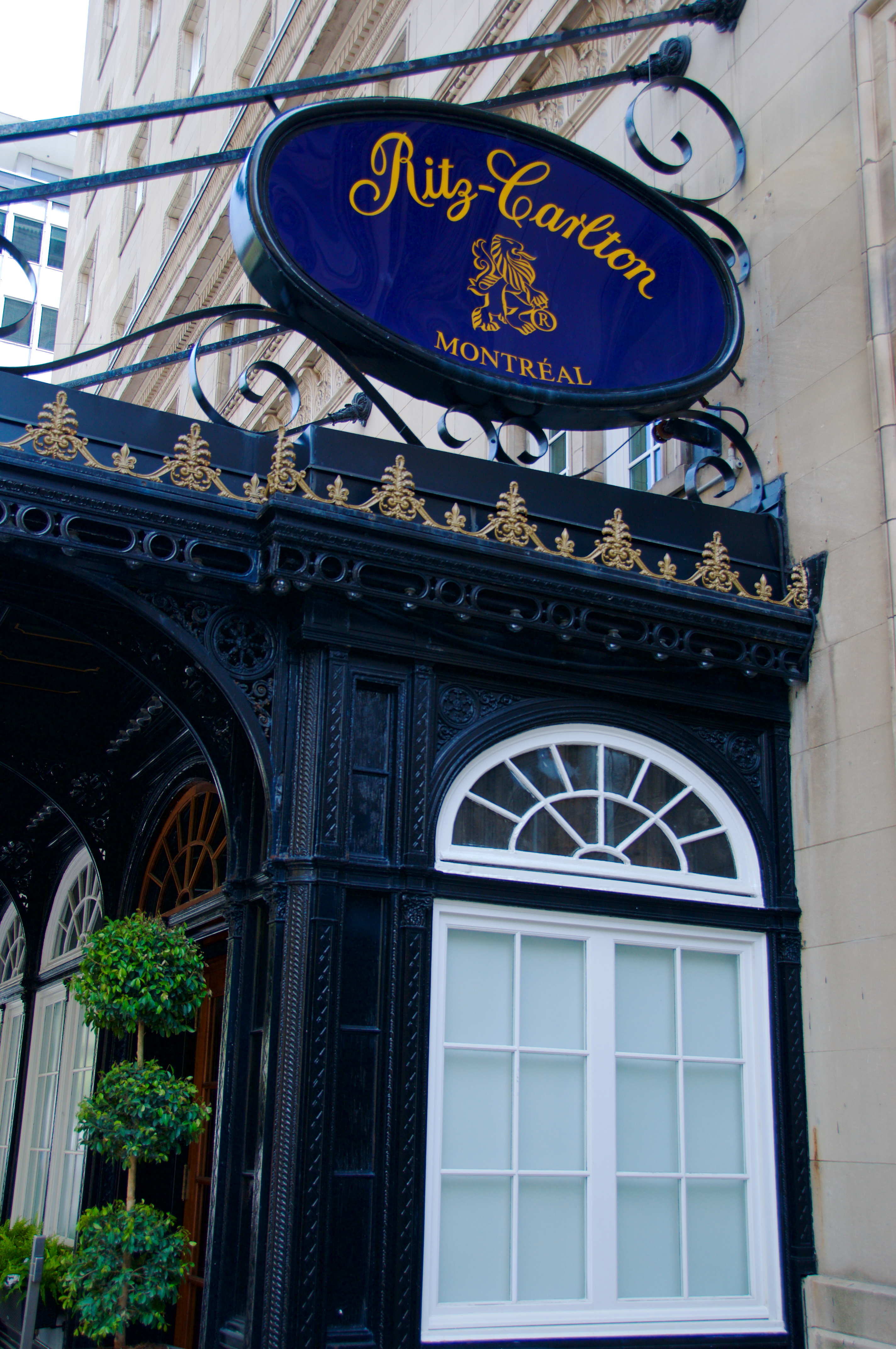Stay Here: 3 Iconic Canadian Hotels Rock Solid in Indiana Limestone

A city’s historic hotels are more than just fancy places to stay. They are landmarks of a city, woven into its history. This is certainly true of the three iconic Canadian hotels featured here. Each radiates a sense of the city, every bit as much as its most famous monuments. And each was a mega-project of its day, built with Indiana Limestone from Polycor quarries to stand the test of time and bear a standard of elegance.
The Royal York, Toronto

The Canadian Pacific Railroad has a special place in Canadian history, and Canadian hearts. The railroad made Canada to a large extent, linking an enormous, sparsely populated country from Atlantic to Pacific. Playing such a significant role in the country, the CPR company decided it needed to also build epic hotels near its major railroad stations. One of the grandest is the Royal York in Toronto, Canada’s largest city. The hotel was an enormous project in its day. It aimed to showcase the luxury and modernity of railroad travel as well as set the standard for hospitality in the new world. The Royal York was designed by Ross and Macdonald, in association with Sproatt and Ralph who had already built Union Station across the street, and who were known for their chateau style of architecture.

The hotel’s wedding cake silhouette soared 28 stories high. When it opened to the public in 1929, it became known as ‘the largest building in the British Commonwealth,’ a fact it touted for many years on its travel brochures and advertisements. Whole blocks of creamy beige Indiana Limestone encase the 28 stories of the Art Deco palace’s steel frame, all the way to the copper chateau roof. The stone was a popular choice for the era’s best stone masons who appreciated the stone’s elegance. The Royal York, with its sophisticated and sturdy design telegraphed a message of luxury and a powerful new country. Today it continues to dazzle passersby and its many famous and non-famous guests.

See another landmark canadian building built with Indiana Limestone:
The $375 million royal ALberta Museum
The Ritz Carlton, Montreal

The Ritz Carlton has become shorthand for Montreal elegance. The neo-classic landmark, known as “the grand dame of Sherbrooke Street” overlooks Montreal’s iconic Mount Royal. It dates back to 1912, when it opened with an inaugural ball on New Year’s Eve. It was the first hotel to bear the name Ritz Carlton, and has since welcomed a veritable who’s who. Movie stars, moguls, and hockey players stay and dine, and many a wealthy Montreal family has held a wedding or other family milestone at the hotel.

The Ritz Carlton was designed by New York architects Warren & Wetmore who chose, like many top architects, light creamy beige Indiana Limestone for the facade, which was also adorned with matching terracotta decorations and cornice. The stunning masonry -actual large, carved pieces – has the effect of a beautiful Italian palazzo. Although it has been recently modernized, the carefully orchestrated updates are indistinguishable from the original architectural characteristics. A credit not just to its designers and craftsmen, but to the consistency of Indiana Limestone. (The material was also foundational to many of New York City’s famous buildings of the same era. Take a virtual walking tour here.)

Fairmont ChÂteau Laurier, Ottawa

The Fairmont Château Laurier, is the Canadian capital’s most luxurious hotel. It’s the place to go for a power breakfast, a family brunch, or a romantic drink. It’s true to its name: with its turrets and towers, it very much resembles a castle. The chateau stands proud over Ottawa’s famous Rideau Canal, which in winter freezes into the longest natural skating rink in the world.

The historic hotel was a heritage project, commissioned by American-born Charles Melville Hays, General Manager of the Grand Trunk Pacific Railway of Canada. He wanted a building that reflected the confidence and style of Ottawa, including its neighbor, the Parliament building. He hired Montreal firm Ross and MacFarlane for the build. His vision was a magnificent limestone building with masonry in the style of a French Renaissance castle, and with the same neo-Gothic vertical lines of the Parliament Building. Whole blocks of light toned INDIANA LIMESTONE – FULL COLOR BLENDTM were used for the facade.

The grand opening of the hotel took place on June 1, 1912 with hundreds of people turning out to see the then Prime Minister, Sir Wilfred Laurier, cut the ribbon. Unfortunately, the man who put the project into motion, Charles Hays, was not there: the railway magnate had set sail from England a short while before on a new ship called the SS Titanic. But the Fairmont Château Laurier lives on and is very much part of the fabric of the city. So much so that it has been called the third chamber of Parliament. Within the chateau’s limestone walls, political deals and careers have been made.
The Fairmont Château Laurier, The Royal York and The Ritz Carlton remain relevant today in part because of the timeless character of Indiana Limestone. Uniform in grain, subtle in color and durable in nature. Despite the changes in climate – and the changes in fashion – these three hotels will likely continue to inspire us for another century.




